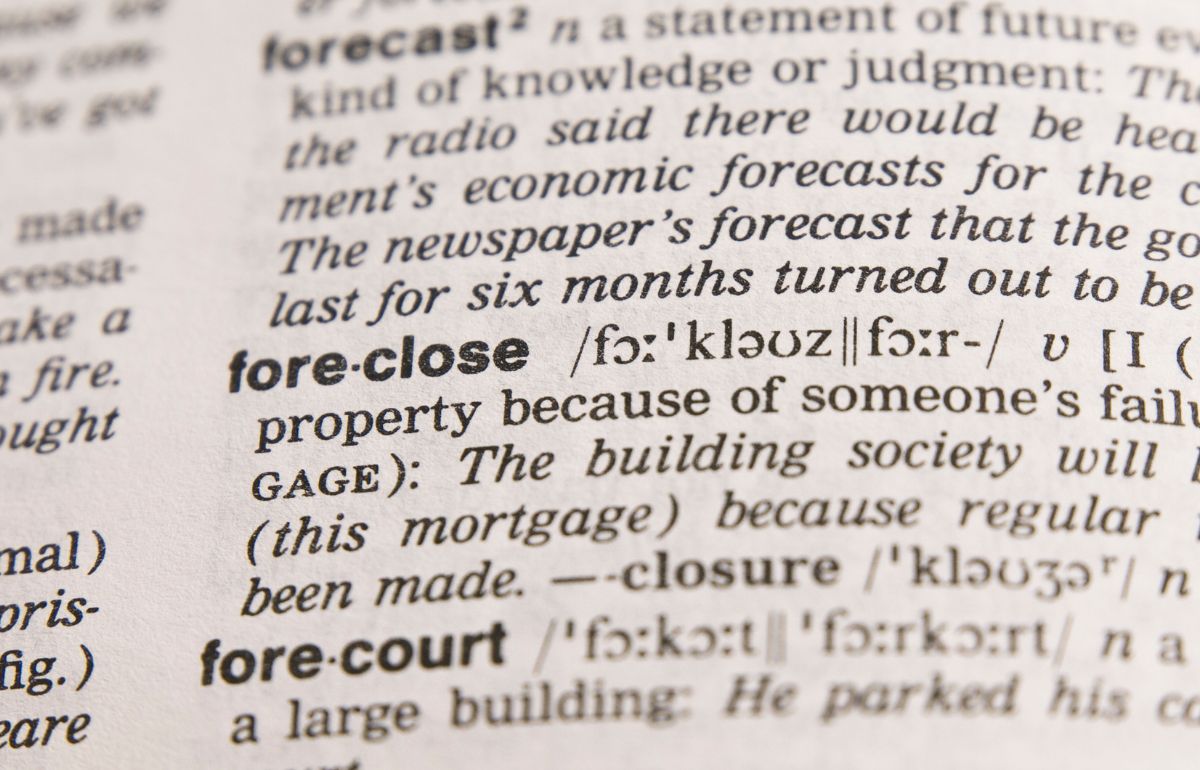The stages of foreclosure: a clear guide to get your bearings
Home » The stages of foreclosure: a clear guide to get your bearings

When a foreclosure can be initiated
Enforcement proceedings can only begin when a valid enforceable title has been obtained and properly served to the debtor. Without it, the creditor cannot initiate any form of enforcement proceedings.
The enforceable title must be valid and served to the debtor in accordance with legal procedures.
The service of the writ of execution
Once the title is secured, the creditor must serve the payment order to the debtor—a formal demand to pay within 10 days. If the debtor fails to comply, enforcement may proceed. If the debtor fails to comply within this period, enforcement proceedings may begin.
The forms of foreclosure
There are three main modes:
-
-
-
- Mobile foreclosure, which involves movable property (e.g., cars, equipment, furniture);
- Real estate foreclosure, affecting houses, land or buildings;
- Foreclosure on third parties, such as checking accounts, wages, or debts owed by the debtor.
-
-
Each form has specific characteristics and procedures, but all are based on the same logic: recover what is owed within the law.
The judge’s role and the sale
The enforcement process does not end with the seizure of assets The Enforcement Judge oversees the next phase: the auction sale or the assignment of the asset. The proceeds are then distributed to the creditors according to the rules established by law.
The importance of notary advice
A notary with expertise in enforcement matters can provide preventive legal support in drafting enforceable documents and offer strategic advice to those seeking protection before a dispute arises. An investment in awareness and prevention.
🔗 Useful links:


